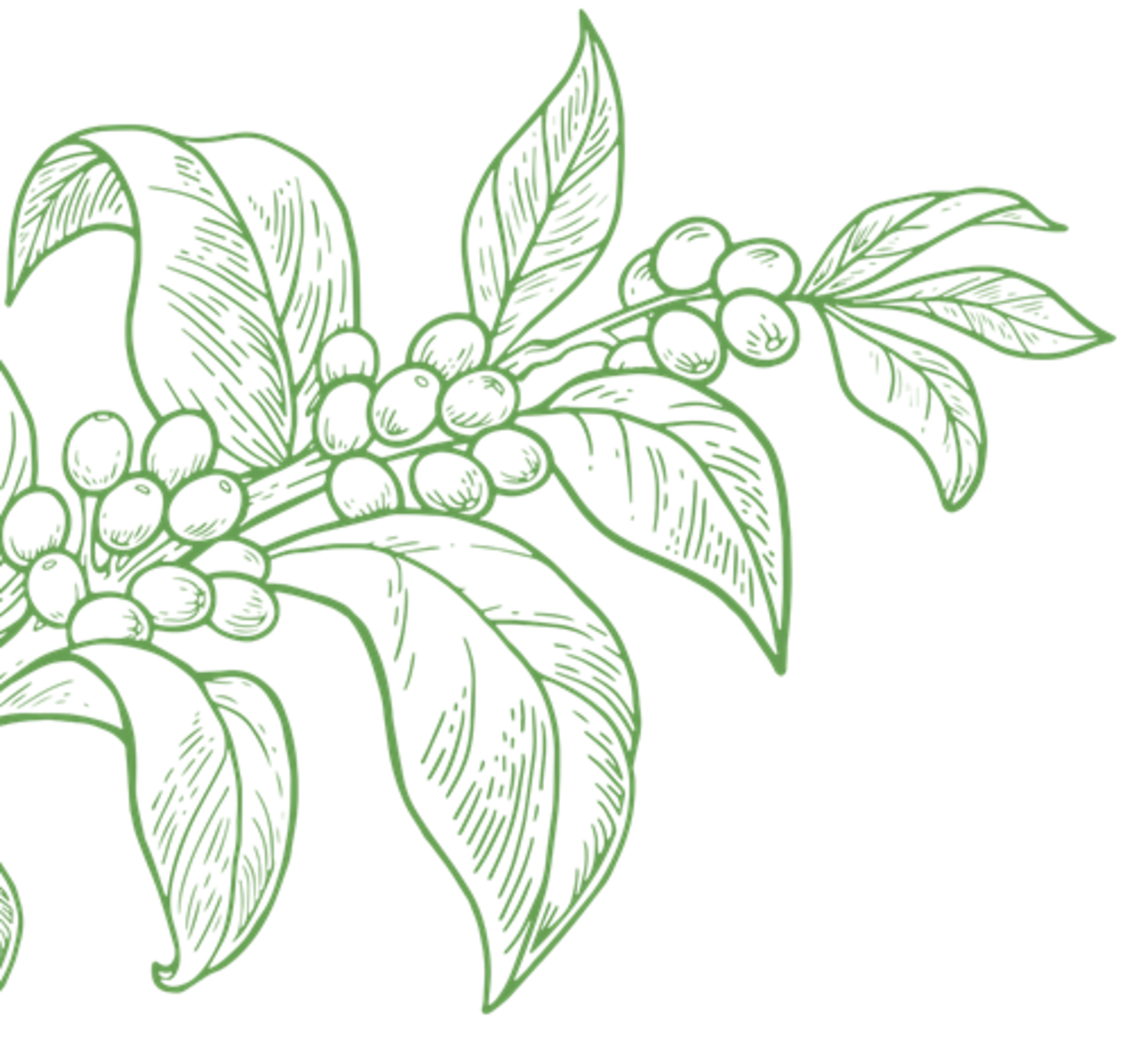
Land
CO₂e emissions: 26.1%
LUC stands for Land Use Change, such as the conversion of forests to coffee cultivation. This is a leading cause of increased global carbon dioxide emissions, as forests function as vital carbon sinks.
A carbon sink is an ecosystem—such as a forest—that absorbs and stores carbon dioxide from the atmosphere, thus reducing the concentration of greenhouse gases. When forests are lost, the planet’s ability to sequester carbon dioxide—the most prevalent greenhouse gas—declines. If land is prepared through slash-and-burn practices, substantial amounts of carbon stored in trunks and branches are released as CO₂ into the atmosphere.
To reduce our climate impact, we transitioned to sourcing 100% certified coffee as early as 2014. This means all coffee we purchase complies with rigorous environmental standards, significantly reducing the risk of deforestation. Since this shift, no forests have been cleared in connection with our coffee production.
This initiative has delivered tangible results: greenhouse gas emissions linked to land preparation within our value chain have decreased by 60%. Today, LUC represents 26.1% of our coffee’s total climate footprint—a figure we are actively working to reduce further.


